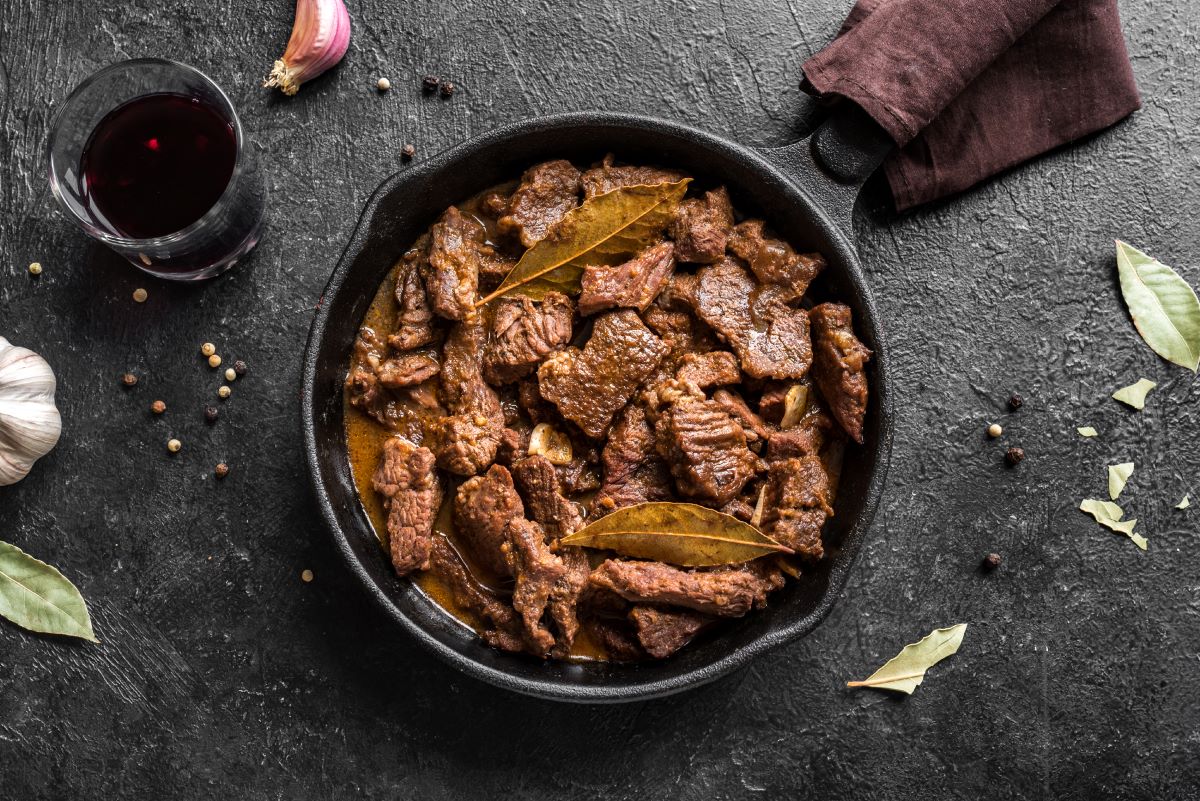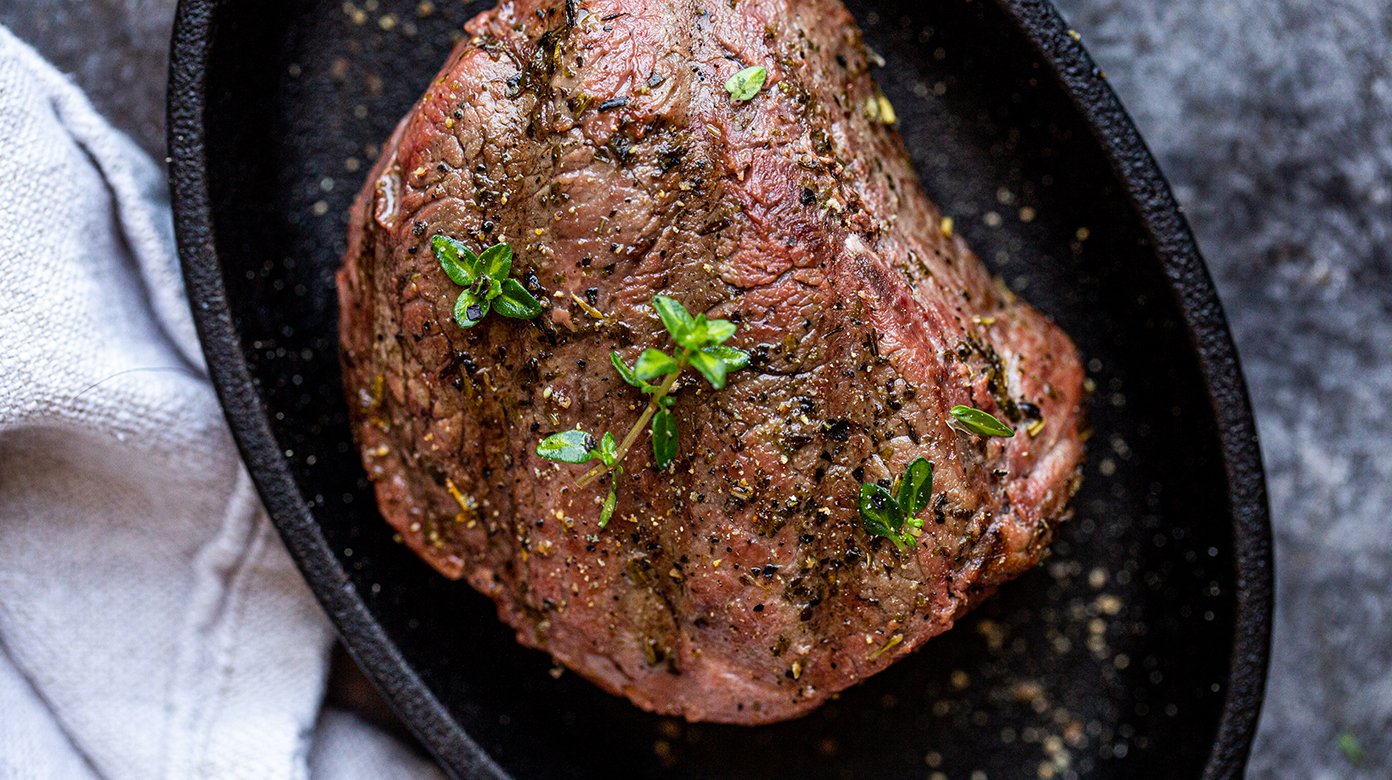Perfecting the Art of Cooking Leeks for a Delicious Ramen Experience
Greetings, food enthusiasts! If you’re a fan of the irresistible umami flavors of ramen, then you’re in for a treat. Today, we’re going to dive into the realm of leeks and discover the secrets of preparing them to enhance your ramen game. Leeks are a versatile and delicious ingredient that can add depth and complexity to your favorite noodle dish. So, let’s get cooking!
Step 1: Selecting and Preparing Fresh Leeks
The journey towards a delightful bowl of leek-infused ramen starts with choosing the right leeks. Look for leeks that have firm, white bulbs and vibrant, green leaves. This ensures freshness and optimal flavor. To clean the leeks, remove the tough outer leaves and trim the roots at the bottom. Slice the leeks lengthwise, rinse them under cold water to remove any dirt or sand, and pat them dry with a paper towel.
Step 2: Sautéing for Depth and Aroma
One of the best ways to elevate the flavor of leeks is by sautéing them. Heat a pan over medium heat and add a drizzle of oil. Once the oil is heated, add the sliced leeks and a pinch of salt. Sauté the leeks until they become tender and golden brown. This process enhances the natural sweetness of the leeks while imparting a savory aroma that will tantalize your taste buds.
Step 3: Incorporating Leeks into Your Ramen
Now that you’ve mastered the art of sautéing leeks, it’s time to incorporate them into your ramen masterpiece. Whether you’re making a classic soy-based ramen or experimenting with other flavor profiles, leeks have the power to take your dish to a whole new level.
Here are a few ideas to inspire your culinary creativity:
- Broth Booster: Add sautéed leeks to your ramen broth for a savory punch and a subtle hint of sweetness. The flavors will meld together, creating a harmonious balance that will leave you craving more.
- Garnish Galore: Slice some sautéed leeks into thin strips and use them as a beautiful and flavorful garnish for your ramen. They’ll add a pop of color, a touch of crunch, and an extra layer of taste.
- Leek Ribbons: Create elegant leek ribbons by blanching the cooked leeks in boiling water, then plunging them into an ice bath. These delicate ribbons can be artfully arranged on top of the ramen, making it a feast for both the eyes and the palate.
Step 4: Experimenting with Leek Variations
Once you’ve mastered the basics, don’t be afraid to explore different ways to incorporate leeks into your ramen adventures. Braise them with soy sauce and mirin for a savory umami bomb, pickle them for a tangy twist, or even grill them to add a smoky charred flavor. The possibilities are endless, and experimenting will make your ramen even more exciting.
So, the next time you whip up a steaming bowl of ramen, remember to take advantage of the incredible flavor potential of leeks. Sauté them, garnish with them, and explore the vast culinary possibilities they offer. Your taste buds will thank you, and you’ll find yourself on a quest to create the most unforgettable leek-infused ramen experiences!
Happy cooking and happy eating!
More Delicious Ways to Use Cooked Leeks in Your Recipes
After mastering the art of cooking leeks for ramen, the culinary journey doesn't end there. The guide offers a plethora of recipes to put this skill to great use. For a savory twist, try the Classic Soy Sauce Ramen with Sautéed Leeks — its simplicity highlights the leek's flavor. Adventurous palates might prefer the Spicy Tonkotsu Ramen with Leek and Garlic Topping, which offers a robust taste. Vegetarians will appreciate the Vegan Ramen with Grilled Leeks and Tofu, showcasing how versatile leeks can be in plant-based dishes. Each recipe is designed to help you refine your cooking techniques while enjoying diverse and flavorful meals.
Was this page helpful?
Read Next: How To Cook Cacique Beef Chorizo











